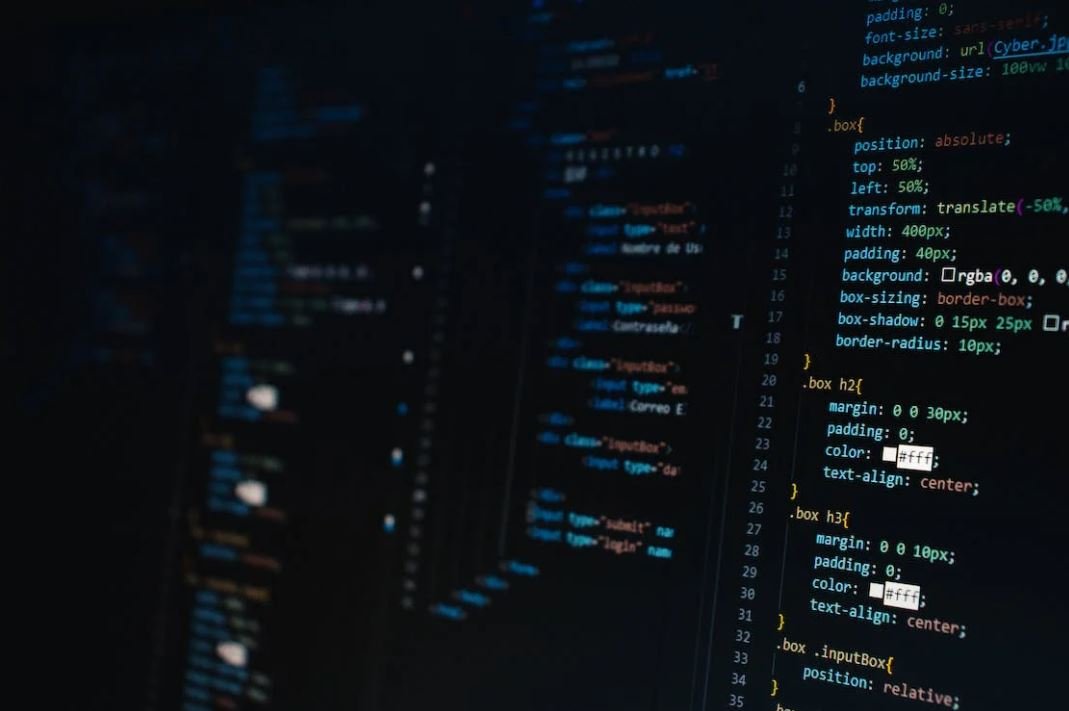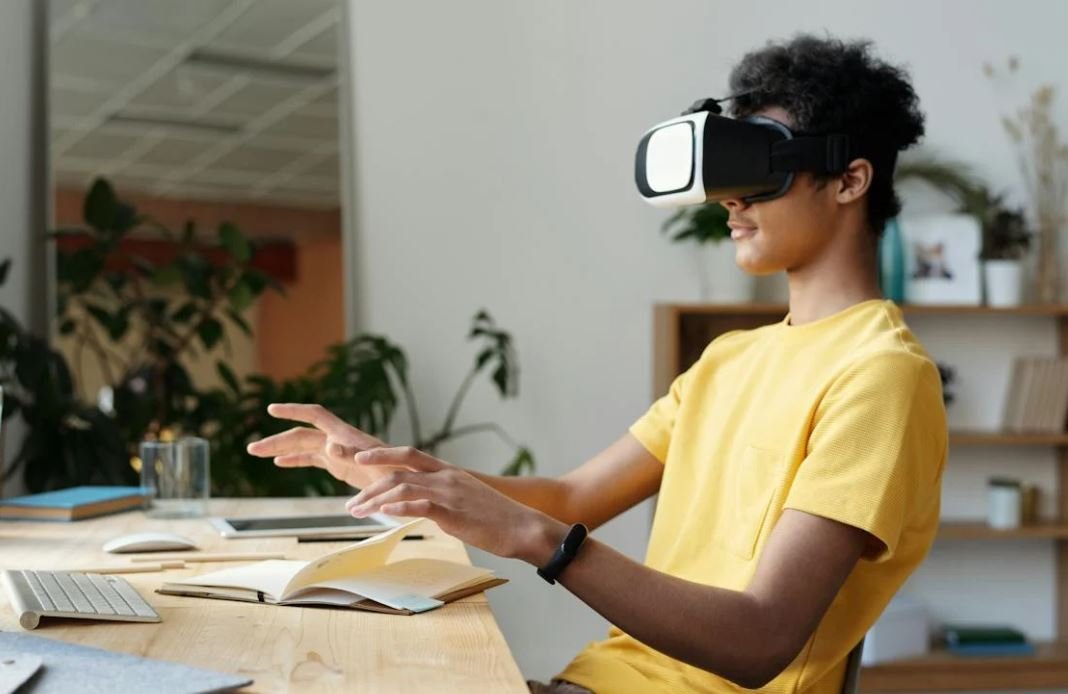Deepfake and Freedom of Speech
In the era of advanced technology, the rise of deepfake technology has brought both excitement and concern. Deepfakes are manipulated audio or video recordings that use AI algorithms to create realistic but fabricated content. While deepfakes have various applications, from entertainment to political satire, they also pose serious threats to freedom of speech and information integrity.
Key Takeaways:
- Deepfake technology enables the creation of highly convincing fake audio and video content.
- Deepfakes raise concerns about privacy, misinformation, and the erosion of trust.
- Freedom of speech faces new challenges in the age of deepfakes.
- Laws and regulation have been developed to combat the negative effects of deepfakes.
**Deepfakes**, created using artificial intelligence algorithms, have the potential to generate **highly deceptive** audio and video content. With the ability to manipulate facial features and voices, deepfakes can convincingly make individuals say or do things they never actually did. This technology has both positive and negative implications for society.
While deepfakes have become popular thanks to their entertaining use in movies and social media, they also raise serious concerns. **Privacy violations** and **reputational damage** are among the consequences of deepfake technology. Individuals can be falsely represented in compromising situations or made to say things they never said. This not only harms their personal lives but can also have significant social and political implications.
One interesting application of deepfakes is in **political satire**. Satirical deepfakes can mimic politicians or public figures, providing humor and parody. However, this also raises questions about the **boundary between satire and misinformation**. It becomes crucial for viewers to be able to discern between genuine recordings and deepfakes to prevent the spread of false information.
To address the potential threats associated with deepfakes, **laws and regulations** are being developed. Some countries have implemented legislation to combat the malicious use of deepfakes, particularly in situations that harm individuals’ privacy and reputation. However, finding the right balance between protecting individuals and not infringing on freedom of expression remains a challenge.
**Table 1: Examples of Deepfake Incidents**
| Date | Incident |
|---|---|
| 2019 | A deepfake video of Mark Zuckerberg was created, showcasing the potential dangers of the technology. |
| 2020 | A popular TV show used deepfake technology to recreate a young version of an actress, sparking discussions about ethical implications. |
| 2021 | A political deepfake video went viral, misleading the public about a politician’s position on a critical issue. |
**Misinformation** is a growing concern in the digital age, and deepfakes add another layer of complexity. When deepfakes are used to manipulate political discourse or spread false information, they amplify the potential damage. Ensuring the public has access to reliable and accurate information becomes increasingly challenging, demanding greater media literacy and critical thinking skills.
*One way to combat deepfake misinformation is through the development of sophisticated algorithms that can **detect** and **authenticate** audio and video content.* By leveraging AI technology, researchers and tech companies are working towards creating tools that can help identify deepfakes and protect against their harmful effects.
**Table 2: Deepfake Detection Tools**
| Tool Name | Features |
|---|---|
| Deepware | Uses AI to analyze facial movements and detect inconsistencies. |
| TruePic | Verifies the authenticity of images by analyzing hidden details. |
| FOCI | Detects deepfake audio by analyzing voice patterns and distortions. |
**Regulation** is playing a crucial role in addressing the adverse effects of deepfakes. Governments and tech companies are collaborating to develop guidelines and standards, aiming to protect individuals’ privacy and prevent the spread of misleading information. However, striking a balance between regulating deepfakes and preserving freedom of speech remains a challenge.
*The ongoing battle between deepfake technology and freedom of speech emphasizes the importance of finding solutions that promote accountability and transparency while safeguarding fundamental rights.* As deepfake technology continues to evolve, staying vigilant and continuously evaluating its implications will be essential to ensure a fair and informed society.
**Table 3: Countries with Deepfake-Related Legislation**
| Country | Legislation/Initiative |
|---|---|
| United States | U.S. state laws targeting deepfake pornography and political manipulation. |
| South Korea | Passed a law criminalizing the production and distribution of deepfake content without consent. |
| European Union | Proposed regulations to combat disinformation and deepfakes. |

Common Misconceptions
Misconception 1: Deepfake violates freedom of speech
One common misconception about deepfake technology is that it inherently violates freedom of speech. However, it is essential to understand that deepfake only refers to the method used to create manipulated videos or audios, not the content itself. Freedom of speech protects the right to express opinions, ideas, and beliefs, but it does not extend to the creation or distribution of false information with malicious intent.
- Deepfake is a technology, not a restriction on speech
- Freedom of speech does not protect the dissemination of false information
- The responsibility lies in the intent and consequence of the content, not the technology used
Misconception 2: Deepfake is limited to political manipulation
Another misconception is that deepfake technology is solely used for political manipulation, such as creating fake videos of politicians or public figures. While there have been notable instances of deepfake being used in the political domain, it is crucial to recognize that it can also be utilized for entertainment, artistic expression, and even educational purposes.
- Deepfake has potential applications in various industries beyond politics
- Entertainment and artistic expression are common uses of deepfake
- Deepfake can be a tool for educational purposes, such as historical reenactments
Misconception 3: Deepfake cannot be detected or debunked
Unfortunately, many people believe that deepfakes are impossible to detect or debunk. While it is true that deepfake technology is becoming increasingly advanced, there are already several techniques and tools available to identify manipulated content. Moreover, the collective efforts of researchers and tech communities continue to evolve and improve upon these methods, making it possible to combat deepfakes effectively.
- Efforts are ongoing to develop and improve detection algorithms
- Collaboration between researchers and tech communities to tackle the deepfake challenge
- Awareness and education about the existence and detection of deepfakes
Misconception 4: Deepfake is always illegal
Although deepfake technology raises significant concerns, not all deepfake creations are illegal. The legality of deepfake depends on several factors, including the jurisdiction and the purpose for which it is utilized. For example, using deepfakes for non-consensual pornography or to commit identity theft can be considered illegal, while creating deepfake content for parody or satire may fall within the boundaries of fair use.
- Legality depends on jurisdiction and purpose of the deepfake
- Non-consensual pornography and identity theft are typically illegal uses
- Parody and satire may be considered fair use in some cases
Misconception 5: Deepfake will completely erode trust in media
While deepfakes present a concerning challenge to trust in media, it is vital to remember that they are not the sole factor eroding trust. Misinformation and fake news have existed long before deepfake technology emerged. Additionally, advances in authentication and verification techniques can help restore trust in media by ensuring the legitimacy of content and identifying potential deepfakes.
- Deepfakes are not the only factor contributing to eroding trust in media
- Authentication and verification techniques can help restore trust
- Greater media literacy and critical thinking are necessary to combat the erosion of trust

The Rise of Deepfake Technology
In recent years, deepfake technology has become increasingly sophisticated, raising concerns about its potential impact on various aspects of society, including freedom of speech. The following tables provide a closer look at some key points and statistics related to deepfake technology.
The Impact of Deepfake Videos
Deepfake videos have the potential to manipulate public perception, spread misinformation, and undermine the authenticity of media. The tables below shed light on the impact and prevalence of deepfake videos.
Public Awareness and Concern about Deepfakes
As deepfake technology becomes more prevalent, public awareness and concern about its potential consequences have also grown. The tables below illustrate the level of awareness and concern among different demographics.
Government Responses to Deepfakes
Nations around the world are grappling with the risks and challenges posed by deepfake technology. The tables below highlight the legislative and policy initiatives undertaken by various governments in response to this emerging threat.
The Role of Social Media in Spreading Deepfakes
Social media platforms have emerged as major hubs for the distribution and amplification of deepfake videos. The tables below outline the involvement of different social media platforms in the spread of deepfakes.
Deepfakes and Democracy
Deepfakes have the potential to disrupt democratic processes and erode public trust in the authenticity of media. The tables below examine the implications of deepfakes on democratic systems.
Combating Deepfakes
Efforts are underway to develop technologies and strategies to detect and mitigate the harms caused by deepfakes. The following tables outline the advancements and countermeasures in the fight against deepfakes.
Legal and Ethical Considerations of Deepfakes
The rise of deepfake technology has raised important legal and ethical questions regarding its use. The tables below delve into the legal and ethical dimensions associated with deepfakes.
Deepfakes in Entertainment and Media
The entertainment industry has seen the emergence of deepfake technology as a tool for creating innovative content. The tables below showcase the adoption and impact of deepfakes in the entertainment and media sector.
Future Implications of Deepfake Technology
As deepfake technology continues to advance, its implications for society are likely to be far-reaching. The tables below provide insights into the potential future uses and impacts of deepfake technology.
In summary, deepfake technology presents significant challenges to freedom of speech and societal trust. The tables presented in this article highlight the impact, awareness, and responses to deepfakes, as well as their legal and ethical considerations. As technology evolves, it will be crucial for society to find effective means to address the threats posed by deepfakes and protect the integrity of speech and media.
Deepfake and Freedom of Speech
FAQs about Deepfake and Freedom of Speech
FAQ 1: What is a deepfake?
A deepfake is a manipulated video or audio that uses artificial intelligence techniques to replace the original content with fabricated or altered content in a realistic manner.
FAQ 2: How does deepfake technology relate to freedom of speech?
Deepfake technology raises concerns about the potential misuse of digital manipulation to spread disinformation, defame individuals, or deceive the public, thus influencing public opinion and infringing on the right to free speech.
FAQ 3: Can deepfake videos be considered protected speech under freedom of speech laws?
The categorization of deepfake videos as protected speech is complex and subject to interpretation. While freedom of speech advocates argue that deepfakes are a form of expression, the malicious intent, potential harm, and deceptive nature of deepfakes create a challenge in considering them protected speech.
FAQ 4: Are there any legal regulations or restrictions on deepfake creation?
Currently, legal regulations on deepfake creation are limited. However, some countries have started to introduce laws specifically targeting deepfakes, such as criminalizing the creation and distribution of malicious deepfakes, especially those aiming to defame or harm individuals.
FAQ 5: How can deepfakes impact democratic processes and elections?
Deepfakes have the potential to undermine trust in democratic processes by spreading disinformation, manipulating public opinion, and sowing confusion during elections. They can be used to create false narratives or depict political figures engaging in inappropriate behavior, thus impacting the outcomes of elections.
FAQ 6: Can deepfake technology be used positively for freedom of speech purposes?
In some cases, deepfake technology can be used in a positive way to create satire, parody, or artistic works that comment on society or highlight relevant issues. However, the potential for misuse and harm must be carefully balanced against the right to free speech.
FAQ 7: How can individuals protect themselves from the negative effects of deepfake videos?
Individuals can protect themselves by being cautious and critical when consuming online media. Verifying the credibility and authenticity of sources, fact-checking, and relying on reputable news sources can help mitigate the risks posed by deepfakes.
FAQ 8: What are the challenges in detecting deepfakes and holding creators accountable?
Deepfake detection is a major challenge as the technology becomes increasingly sophisticated. Due to the anonymous and decentralized nature of the internet, tracking and holding deepfake creators accountable are complex tasks that require collaborative efforts between technology companies, governments, and law enforcement agencies.
FAQ 9: Are there any technological advancements or solutions to combat deepfakes?
Researchers and technology companies are actively working on developing deepfake detection tools using artificial intelligence and machine learning algorithms. Additionally, collaborations between platforms and fact-checking organizations aim to identify and flag deepfakes to limit their spread and impact.
FAQ 10: How can society balance freedom of speech with the potential harms of deepfake technology?
Finding a balance between freedom of speech and the potential harms of deepfakes requires a multi-faceted approach. It involves creating legal frameworks that criminalize malicious use of deepfakes, promoting media literacy and critical thinking, fostering technological advancements to combat deepfakes, and maintaining an open dialogue among stakeholders to address emerging issues effectively.




